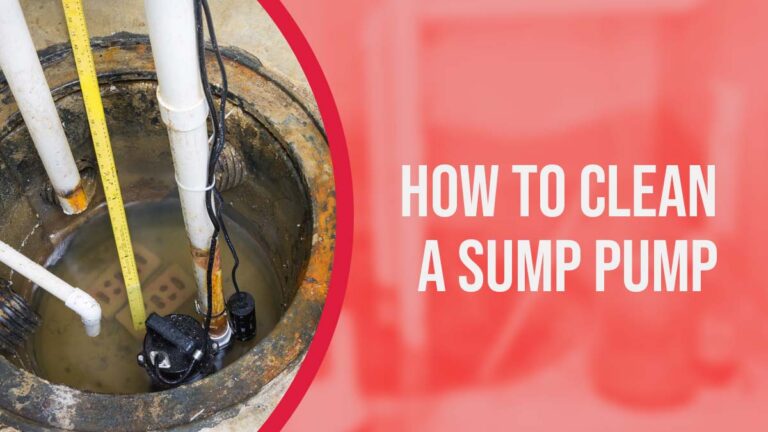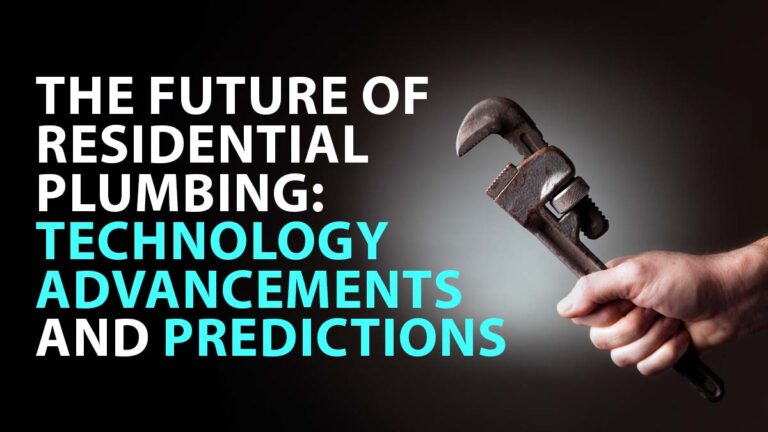Household Plumbing Tips to Conserve Water
How can we make a difference monthly with our water bill and save water simultaneously? The United States Environmental Protection Agency (EPA) reports that an average family can spend up to $1000 on water bills annually. That’s a lot of money to spend on water bills.

EPA suggests American families can save water and expenses using products labeled with WaterSense and EnergyStar-certified appliances. However, technology can only help us in some ways. It’s up to us when and how we can save on water.
5 Simple Tips on Water Conservation
Here are five tips to conserve water and save on monthly water bills.
1. Choose your appliances wisely.
Modern dishwashers, washing machines, and water heaters today have economical settings you can use to make them run efficiently. Using less energy and water at the same time. Appliances that Energy Star rates are one of the perfect ways to start saving up on water and energy.
2. Use low-flow fixtures.
Low-flow fixtures are considered the most efficient showerheads and faucets of our time. Most low-flow faucets and showerheads are labeled with WaterSense, and the EPA reports that these models can save the average family 700 gallons of water per year! The Office of Energy Efficiency and Energy Renewal also states that all plumbing fixtures after January 1, 1994, be within the federal standards to help conserve water.
3. Check your water heaters.
In the household, most maintenance is needed when there is water. Ultimately, corrosion is one of the biggest enemies of the time. To prolong your appliances’ life, including your water heaters, don’t let stagnant water stay in your tank for an extended period, as the minerals will build up and erode. Regularly drain the excess water from the heater, mainly when the shower heater is not used for a while.
4. Upgrade your toilet.
If your toilet was still made in 1994, you should consider replacing it. It can use up to 7 gallons of water per flush. New toilet designs today can flush up to 1.28 to 1.6 gallons per flush. You decide.
5. Make frequent home inspections.
Nothing can beat an excellent, thorough check of your house. Having a regular schedule of checking drips and leaks pays off. You may also check the home water meter to ensure it’s not running if unused. If it is, then there must be undiscovered leakage somewhere.

Conserve Water and Avoid Stress
We hope that these five simple tips help you. Interested in upgrading your plumbing system or wanting to know more about water conservation? Reach out to your local plumbing service provider. They’ll be glad to answer your questions.







